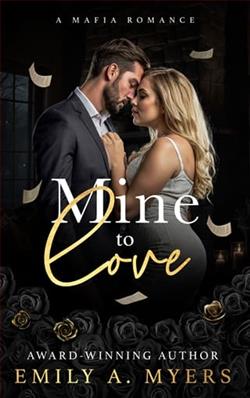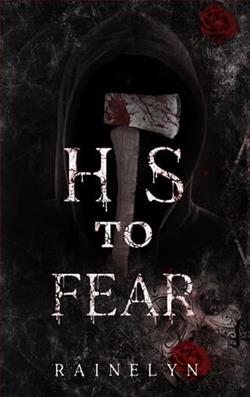Page 122 of X (Kinsey Millhone 24)
A gentleman with a powdery voice said, “Miss Millhone, this is Stanley Munce, formerly with the Burning Oaks Police Department. An acquaintance by the name of Clara Doyle told me you’d spoken to her about a case here some years ago. Is that correct?”
“Yes, sir. Absolutely. Thank you so much for calling. I was asking about Lenore Redfern Lowe.”
“That was my understanding. I’m afraid I don’t have much to offer on the subject, but I will tell you what I can. I was the coroner’s investigator at the time of that young girl’s death. In order to complete a death certificate, the coroner has to determine the cause, mechanism, and manner of death. If you’re familiar with the distinctions, I won’t go into it . . .”
“No, please do,” I said. “I can always use a refresher course.”
“Simply put, cause of death is the reason the individual died, as would be the case with a heart attack or a gunshot wound. The mechanism of death would be the actual changes that affect the victim’s physiology, resulting in death. Death from a fatal stabbing, for instance, might be extreme blood loss.
“The manner of death is how the death came about. Five of the six possibilities there are natural, accidental, suicide, homicide, and undetermined. The sixth classification would be ‘pending’ if the matter’s still under investigation, which is obviously not the case here. There was no question about her ingestion of Valium and alcohol. The generic, diazepam, is a central nervous system depressant, the effects of which can be intensified by alcohol. The problem arose because when the toxicology report came in, it appeared there wasn’t a sufficient quantity of either to say with any certainty death resulted from the combination of the two.
“What seemed questionable, at least in my mind, was the presence of petechiae, which are tiny broken blood vessels, like pinpricks visible in the area of her eyes. Hard coughing or crying are common causes; sometimes even the strain of childbirth or lifting weights. Petechiae can also be a sign of a death by asphyxiation.”
“You mean she might have been suffocated?”
“Smothered, yes. There were no fractures of the larynx, hyoid bone, thyroid or cricoid cartilages, and no areas of bruising, which ruled out manual strangulation. Mrs. Lowe had been under doctor’s care. With her history of mental problems, absent any other compelling evidence, Dr. Wilkinson felt a finding of suicide was appropriate. I put up what objections I could, but I have no formal medical training, and his experience and expertise prevailed. For my part, I was never fully persuaded.”
“So there was never an investigation into the circumstances of her death?”
“A cursory assessment, I’d say. Dr. Wilkinson was of the old school: high-handed and a bit of an autocrat. He was in charge, he made the judgment call, and he brooked no argument. I was putting my job at risk even to raise the few questions I did.”
“It sounds like your options were limited.”
“One could say that.” After a moment’s hesitation, he went on. “Are you familiar with the term ‘burking’?”
“Burking? I don’t think so.”
“Nor was I until I ran across a series of murders that occurred in Edinburgh, Scotland, back in the 1800s. I’m a history buff, especially where medical matters are concerned. I was in the midst of combing through old newspapers when I chanced on the case of William Burke and William Hare, who killed some sixteen unlucky souls in order to supply cadavers to an anatomist named Dr. Robert Knox. Burke’s method was what caught my attention. He and Hare would focus on intoxicated individuals and then suffocate them by covering their mouths and pinching their noses closed. The technique left little to no evidence of foul play.”
“Mr. Munce, I can’t believe you’re telling me this. I just had a phone conversation with Ned Lowe’s second wife, and she talked about a choking maneuver he used during sex.”
“Ah. That would be known as ‘asphyxiophilia’ when it’s incorporated into sex with a partner. He must have been proficient at it.”
I could feel myself blink as I struggled to assimilate the information. “Why haven’t I ever heard of burking?”
“You’ll find references once you start looking for them. I didn’t become aware of the case until many years after Lenore’s death or I’d have raised the issue myself.”
“What happened to the pair?”
“Hare was granted immunity from prosecution and testified against Burke, who was convicted and hanged on January 28, 1829. A short time later, Hare disappeared. To my knowledge he was never heard of again. There were the usual rumors, of course, but no sign of the man himself.”











